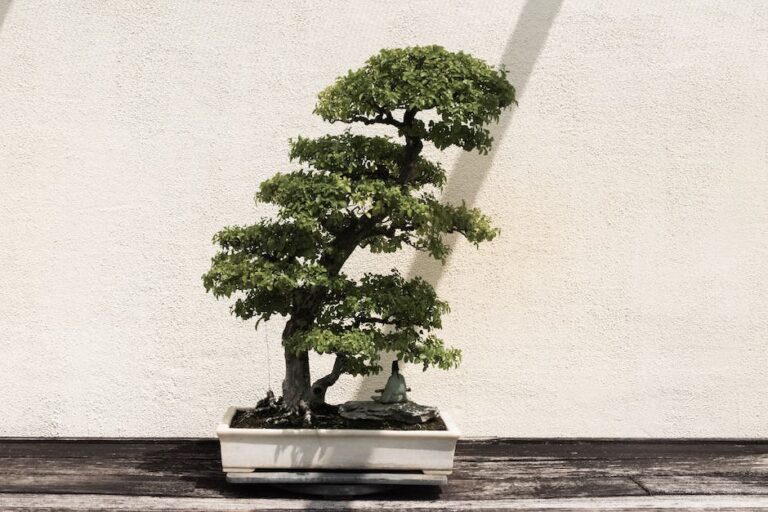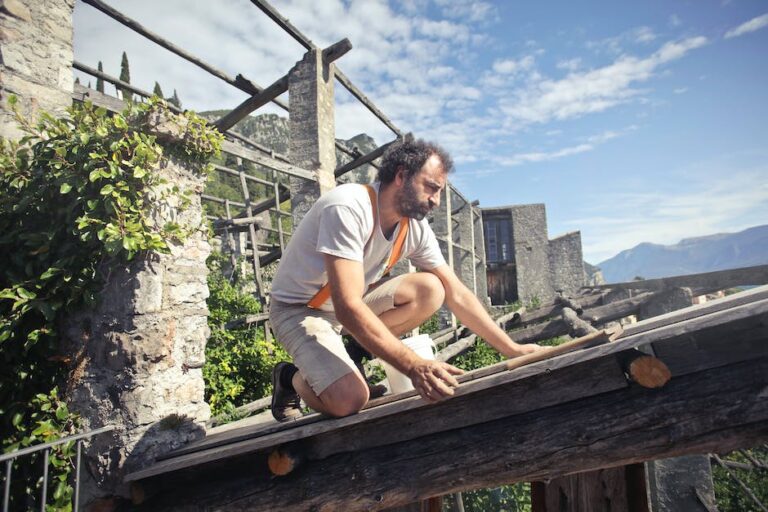Why Is My Bonsai Tree Yellow
Are you wondering why your bonsai tree has turned yellow? Don’t worry, you’re not alone. Many bonsai enthusiasts face this issue at some point.
But fear not, because in this article, we will delve into the possible causes of yellowing leaves in bonsai trees. By understanding nutrient deficiencies, pests, diseases, and environmental factors, you’ll gain valuable insight into preventing and treating this problem.
So, let’s unravel the mystery of your yellow bonsai tree together!
Key Takeaways
- Yellowing leaves in bonsai trees can be caused by overwatering, incorrect soil pH, and watering when the soil is slightly dry.
- Nutrient deficiencies can also lead to yellow leaves, as indicated by pale color and lack of vigor.
- Pests and diseases like aphids, spider mites, fungal diseases, and scale insects can cause yellowing in bonsai trees.
- Environmental factors such as improper watering techniques and too much or too little sunlight can also affect the health of bonsai trees.
Possible Causes of Yellowing Leaves
One possible cause of yellowing leaves on your bonsai tree could be overwatering. Overwatering issues occur when the roots are constantly saturated with water, leading to oxygen deprivation and nutrient deficiencies. When the roots lack oxygen, they are unable to absorb essential nutrients properly, resulting in yellowing leaves.
Another factor that can contribute to yellowing leaves is incorrect soil pH. Bonsai trees prefer slightly acidic soil with a pH ranging from 5.5 to 6.5. If the soil pH is too high or too low, it can hinder nutrient uptake and cause nutrient deficiencies, leading to yellowing leaves.
To prevent overwatering issues and maintain the correct soil pH, ensure that you water your bonsai tree only when the soil is slightly dry and regularly test the pH level of the soil.
Understanding Nutrient Deficiencies in Bonsai Trees
To understand nutrient deficiencies in your bonsai tree, you should pay attention to the leaves’ color and overall health. Nutrients are vital for the growth and development of bonsai trees, and deficiencies can manifest in various ways. By identifying these deficiencies, you can take the necessary steps to provide your tree with the proper care it needs.
One way to determine nutrient deficiencies is to observe the color of the leaves. A healthy bonsai tree typically has vibrant green leaves. However, if the leaves turn yellow or pale, it may indicate a lack of essential nutrients. Another indicator is the overall health of the tree. If your bonsai lacks vigor, has stunted growth, or exhibits weak branches, it may be a sign of nutrient deficiency.
To help you identify the specific nutrient deficiencies, here is a table outlining the common symptoms and their corresponding nutrients:
| Symptoms | Nutrient Deficiency |
|---|---|
| Yellowing leaves | Nitrogen deficiency |
| Leaf discoloration | Iron deficiency |
| Leaf drop | Potassium deficiency |
In addition to nutrient deficiencies, proper watering techniques and sunlight exposure are crucial for the health of your bonsai tree. Overwatering or underwatering can lead to stress and nutrient imbalances. It is important to water your bonsai tree thoroughly, allowing the soil to dry out slightly between watering sessions. Similarly, providing the right amount of sunlight is essential. Bonsai trees thrive in bright, indirect light. Ensure your tree receives at least six hours of sunlight per day. By understanding nutrient deficiencies and implementing proper watering and sunlight techniques, you can ensure the vitality and vibrancy of your bonsai tree.
Common Pests and Diseases That Cause Yellowing in Bonsai Trees
Identifying common pests and diseases is essential in understanding the causes of yellowing in bonsai trees. Here are four common culprits that can lead to yellowing in your bonsai tree:
-
Aphids: These small insects suck the sap from leaves, causing them to yellow and distort. Regularly inspect your bonsai for signs of these pests and take measures to prevent infestation.
-
Spider mites: These tiny arachnids can cause yellow speckling on the leaves, leading to eventual leaf drop. Keeping the humidity levels high and regularly misting your bonsai can help prevent spider mite infestation.
-
Fungal diseases: Diseases like root rot and powdery mildew can cause yellowing in bonsai trees. Proper watering techniques, such as maintaining proper drainage and avoiding overwatering, can help prevent fungal infections.
-
Scale insects: These pests feed on the sap of the bonsai, causing yellowing and stunted growth. Regularly inspect your bonsai for scale insects and take appropriate measures to control their population.
Environmental Factors Affecting the Health of Bonsai Trees
Take note of the environmental factors that can impact the health of your bonsai trees. Proper watering techniques and sunlight requirements are crucial for the healthy growth of bonsai trees.
When it comes to watering, it is important to strike a balance. Overwatering can lead to root rot and under watering can cause the tree to wither and die. The best way to determine when to water is by checking the moisture level of the soil. Stick your finger about an inch deep into the soil; if it feels dry, it’s time to water.
As for sunlight, bonsai trees thrive in bright, indirect light. They need at least 4-6 hours of sunlight daily, but too much direct sunlight can scorch their leaves. Find a spot that offers the right balance of light and shade for optimum growth.
Tips for Preventing and Treating Yellowing in Bonsai Trees
Make sure you are providing the right amount of nutrients and adjusting the pH level of the soil to prevent and treat yellowing in your bonsai trees. Yellowing in bonsai trees can be caused by various factors, including nutrient deficiencies, improper watering, pests, and diseases.
To keep your bonsai trees healthy and vibrant, here are some tips on preventing and treating yellowing:
-
Nutrient balance: Ensure your bonsai trees receive the right amount of nutrients by using a balanced fertilizer specifically formulated for bonsai trees. This will help prevent nutrient deficiencies that can lead to yellowing.
-
Soil pH: Test the pH level of your bonsai tree’s soil and adjust it if necessary. Most bonsai trees prefer slightly acidic to neutral soil, so maintaining the proper pH level will promote healthy growth and prevent yellowing.
-
Watering routine: Water your bonsai trees regularly, allowing the soil to dry out slightly between waterings. Overwatering can lead to root rot and yellowing, while underwatering can cause nutrient deficiencies and dryness.
-
Pest and disease control: Regularly inspect your bonsai trees for signs of pests or diseases. Treat any infestations promptly using appropriate methods to prevent yellowing and further damage.
Conclusion
In conclusion, if you notice your bonsai tree turning yellow, there are several factors to consider.
First, examine the leaves for any signs of nutrient deficiencies, such as yellowing or discoloration.
Additionally, be aware of common pests and diseases that can affect bonsai trees and cause yellowing.
Finally, environmental factors, such as improper lighting or temperature fluctuations, can also impact the health of your bonsai tree.
By understanding these potential causes and taking preventive measures, you can ensure the vibrant green color of your bonsai tree remains intact.





